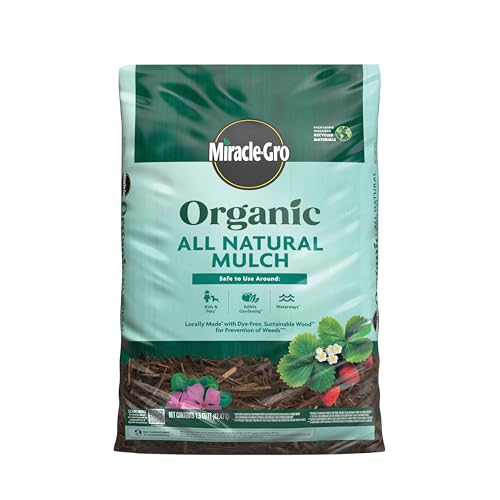How to protect fruit trees from frost – and avoid losing your crop to the cold
Spring frosts can decimate early blossom - see simple ways to protect fruit trees from frost in winter and spring


Spring frosts can damage delicate fruit tree blossoms. Developing and opening buds are very tender and if they break early, there is a late frost, or both, then your ambitions of a harvest can be dashed. This is one reason it pays to know how to protect fruit trees from frost.
The other reasons to protect fruit trees from frost come when they are young or growing in pots. Even hardy fruit trees can be at risk of winter colds in certain circumstances, but the good news is there are simple ways to protect fruit trees from freezing.
Do not sit back and let frost damage your fruit trees - follow these simple guidelines. This guide reveals how to protect fruit trees from frost in quick and easy ways. Whether combatting winter or spring frosts, there are foolproof ways to keep your fruit trees safe and safeguard that year’s harvest.
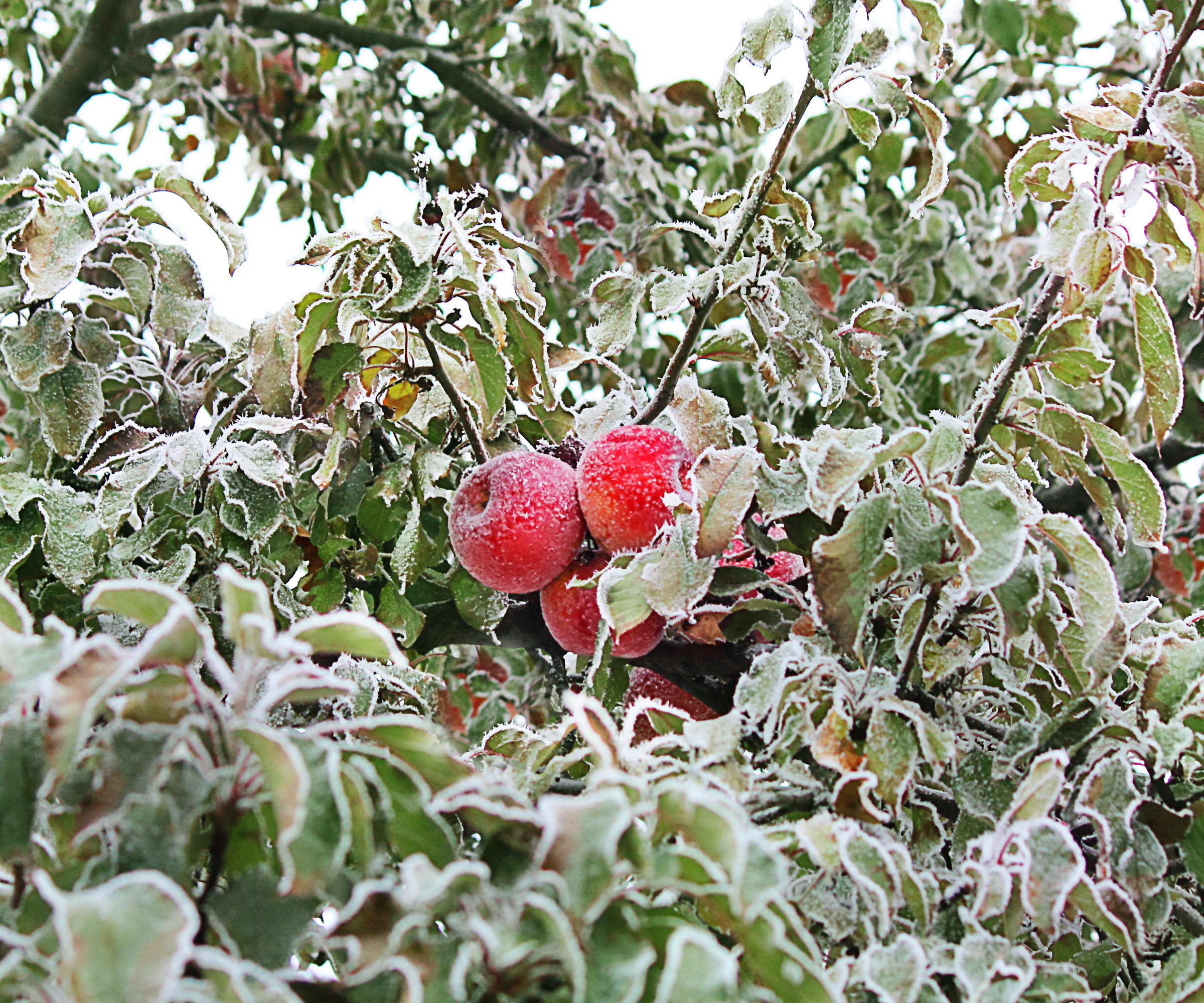
Do you need to protect fruit trees from frost?
Most fruit trees are very hardy and can survive the winter unscathed. However, there are times when protecting fruit trees from frost becomes beneficial.
How to protect fruit trees from frost in winter
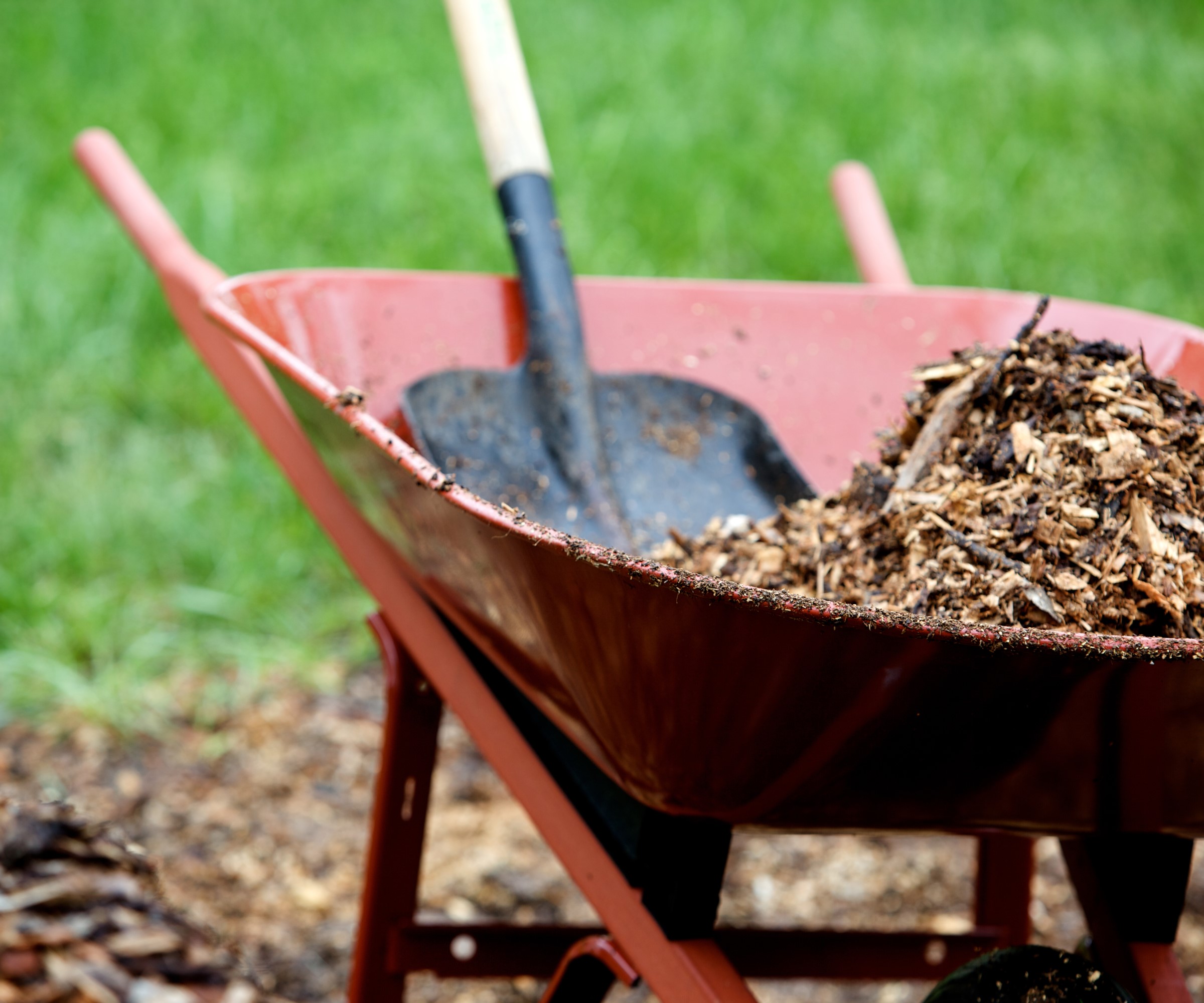
When choosing between the easiest fruit trees to grow in a backyard, always pick a type and variety suited to your climate. However, even hardy fruit trees can suffer if there are major temperature drops or extended periods of frost and snow. Over winter, fruit trees that are young, recently planted, or grown in pots need protection from frost.
- Mulching - If you are thinking of how to protect fruit trees from frost, mulching should be the first course of action. Mulching around trees with a thick layer of mulch will keep the soil warm and insulate the roots against the worst of the winter weather. Applying a layer of mulch 2-3 inches thick will retain warmth in the ground into winter and stop the soil freezing in winter. Use organic types of mulch, such as compost, leaf mold, straw, or bark and always leave a clear circle around the trunk. Piling the materials against the tree is a mulching mistake that causes the bark to rot. When you need to have the protective mulch in place will depend on your US hardiness zone, but be proactive and have it down well before the first frosts or snow are due.
- Cover young trees - Younger fruit trees are more susceptible to frost damage than established ones. If you plant fruit trees in the fall, they want to be protected during periods of extreme cold for their first winter. The simplest way to protect plants from frost is to cover them with frost cloth when the forecasts predict heavy frosts. Wrap the frost cloth, also often known as horticultural fleece, around the young tree and tie string or bungee cords around to keep the cover in place. It is also beneficial to weigh the frost cloth down. Alternatively, you can get covers with zips designed to be put around young trees or shrubs in winter - they may be easier to install than DIY covers. Any covers can be put in place when frosts are predicted and removed afterwards.
- Move or insulate pots - When you grow fruit trees in pots they need protection from frost during the winter. No matter the tree’s hardiness when grown in the ground, the roots are more susceptible when grown in containers and can easily be damaged by frosts and snow. Move the pot to a protected space and wrap the tree in a frost cloth or burlap. Piling mulch around the pot is also a successful way to keep the soil and the tree’s roots well-insulated from the cold.
Shop products to help protect fruit trees from frost
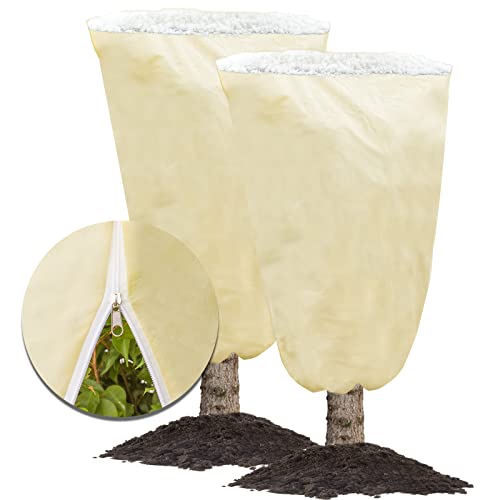
Protect fruit trees from frost and snow with these lightweight and soft frost covers. Featuring a zip and drawstring design to cover trees quickly and easily.
How to protect fruit trees from frost in spring
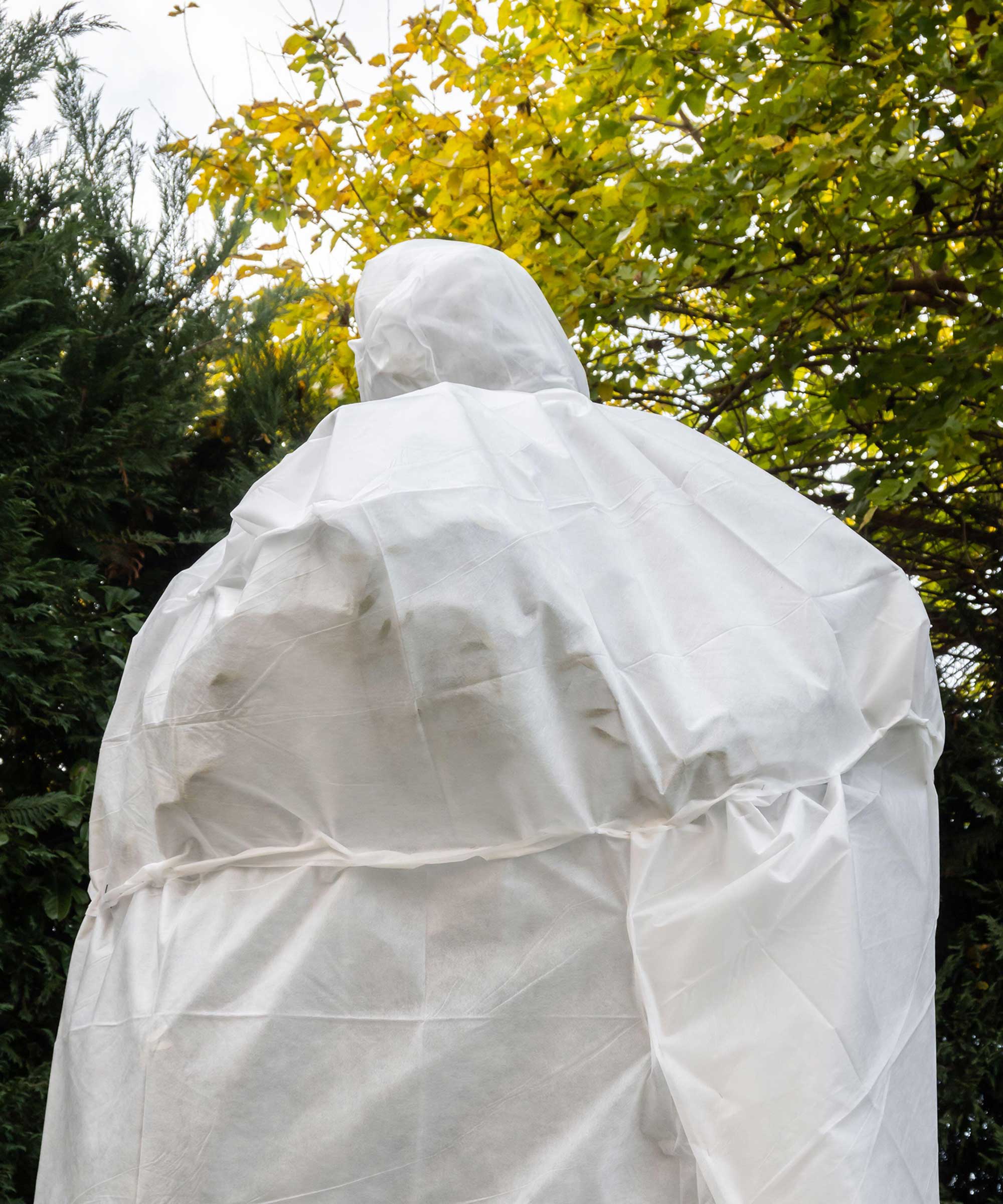
Spring freezes can damage the early blossom and affect fruit development. Frost is also capable of harming buds, leaves, and new shoots. If the temperature warms in early spring and is followed by a freeze, that can damage the tree and ruin your harvest.
Along with moving container-grown fruit trees to a protected spot, the following measures will help protect fruit trees from frost damage that impacts the harvest.
- Cover trees - The simplest way to protect trees is to cover them when a frost is predicted. Use frost cloth or burlap to cover the tree and insulate it thanks to the warmer air contained inside the protective layer. It is important that the cover is held away from the flowers, reaches the floor, and is held in place for complete protection. Adding a second layer of material, such as a plastic tarp, helps to keep the heat trapped. Remove the cover after the frost has passed and the day warms.
- Water trees - It will be more difficult to cover larger fruit trees. This one may sound a bit odd, but watering trees from overhead using sprinklers on frosty nights can protect them. The water creates heat as it solidifies and insulates the blossoms. A continual fine misting throughout the night is capable of keeping delicate blossoms encased in a protective film of water under the ice layer. This is a precise method of protecting fruit trees from frost that needs to be well researched and done correctly.
- Pick late-flowering cultivars - If you live in a colder climate with later frosts, picking late-flowering or frost-resistant varieties of fruit trees helps mitigate the dangers of frosts. Researching to source hardy trees that can tolerate late frosts means you can be confident those trees will not succumb to the cold.
FAQs
Do I need to cover strawberries for frost?
Strawberries are hardy plants that can overwinter outdoors without fuss. Late spring frosts can be a problem, however, as early-flowering varieties can have their delicate blooms wiped out. Cover strawberries in anticipation of a predicted frost with frost cloth or plastic row covers to trap heat and protect the plants from freezing temperatures.
Can you prune fruit trees in frost?
Many fruit trees are pruned during winter dormancy, including apple and pear trees. Stone fruits differ, though, and are trimmed in spring or summer when actively growing. When pruning fruit trees in winter avoid periods of extreme cold, such as prolonged heavy frosts and snow.
Fruit trees can be brought indoors to be protected from frost, but want to go back outdoors once the weather improves. When you grow indoor fruit trees, such as in greenhouses or orangeries, they will benefit from some assistance to guarantee a good harvest.
As pollinators may be scarce indoors in spring, hand-pollinating the fruit trees will help set fruit. It can be simple to hand-pollinate fruit trees with a small paintbrush or cotton swab by collecting pollen from male flowers and moving it to the female ones.
Sign up to the Homes & Gardens newsletter
Design expertise in your inbox – from inspiring decorating ideas and beautiful celebrity homes to practical gardening advice and shopping round-ups.

Drew’s passion for gardening started with growing vegetables and salad in raised beds in a small urban terrace garden. He has worked as a professional gardener in historic gardens and specialises in growing vegetables, fruit, herbs, and cut flowers as a kitchen gardener. That passion for growing extends to being an allotmenteer, garden blogger, and producing how-to gardening guides for websites. Drew was shortlisted for the New Talent of the Year award at the 2023 Garden Media Guild Awards.
-
 This hot sleeper just found the perfect cooling mattress that's ended the sleepless summer nights – turns out $3,000 is the price you pay for an incredibly cool night's sleep
This hot sleeper just found the perfect cooling mattress that's ended the sleepless summer nights – turns out $3,000 is the price you pay for an incredibly cool night's sleepThe Leesa Legend Chill Hybrid Mattress might be an investment, but I think it's worth it to finally find something that actually keeps me cool throughout the whole night
-
 I'm an interior stylist whose job is to make rooms look nicer in an instant – these are the 5 items I always add to a bedroom to make it look 10x better
I'm an interior stylist whose job is to make rooms look nicer in an instant – these are the 5 items I always add to a bedroom to make it look 10x betterI have styled plenty of bedrooms in my time as an interior stylist, and these are the 5 pieces I reach for time and time again to instantly elevate the room
-
 7 plants to prune in May – these shrubs and perennials will flower abundantly if trimmed this month
7 plants to prune in May – these shrubs and perennials will flower abundantly if trimmed this monthIt is time to ‘Chelsea Chop’ perennials and give spring-flowerers some TLC
-
 7 of the best annual flowers to plant in May for bountiful, dazzling blooms to fill borders and pots
7 of the best annual flowers to plant in May for bountiful, dazzling blooms to fill borders and potsPlus expert sowing tips from an experienced horticulturist
-
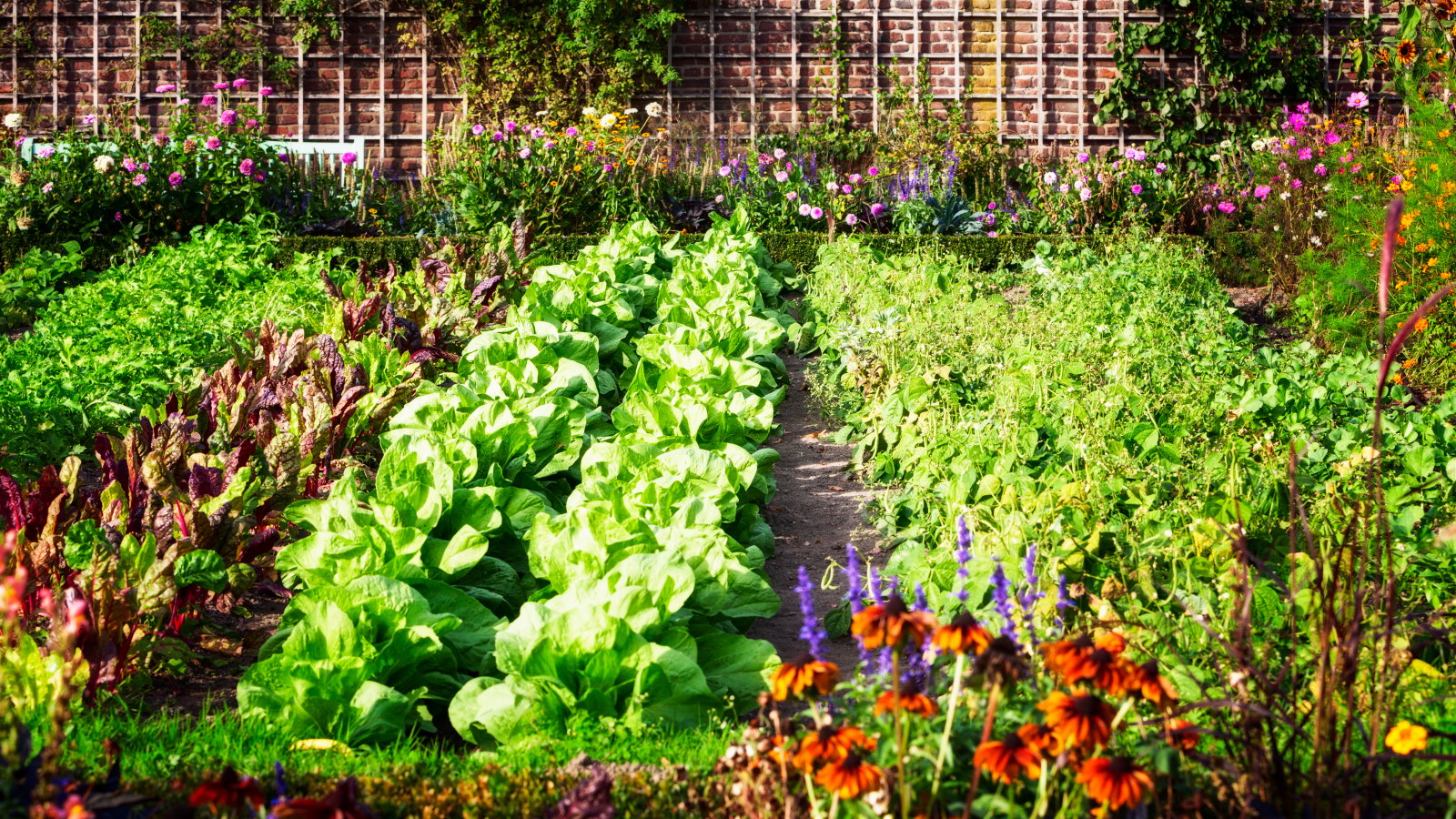 7 of the best vegetables to plant in May, plus expert sowing tips from a professional grower for happy plants and bumper harvests
7 of the best vegetables to plant in May, plus expert sowing tips from a professional grower for happy plants and bumper harvestsMay is a fantastic time to sow and plant vegetables – here are my top picks for the month
-
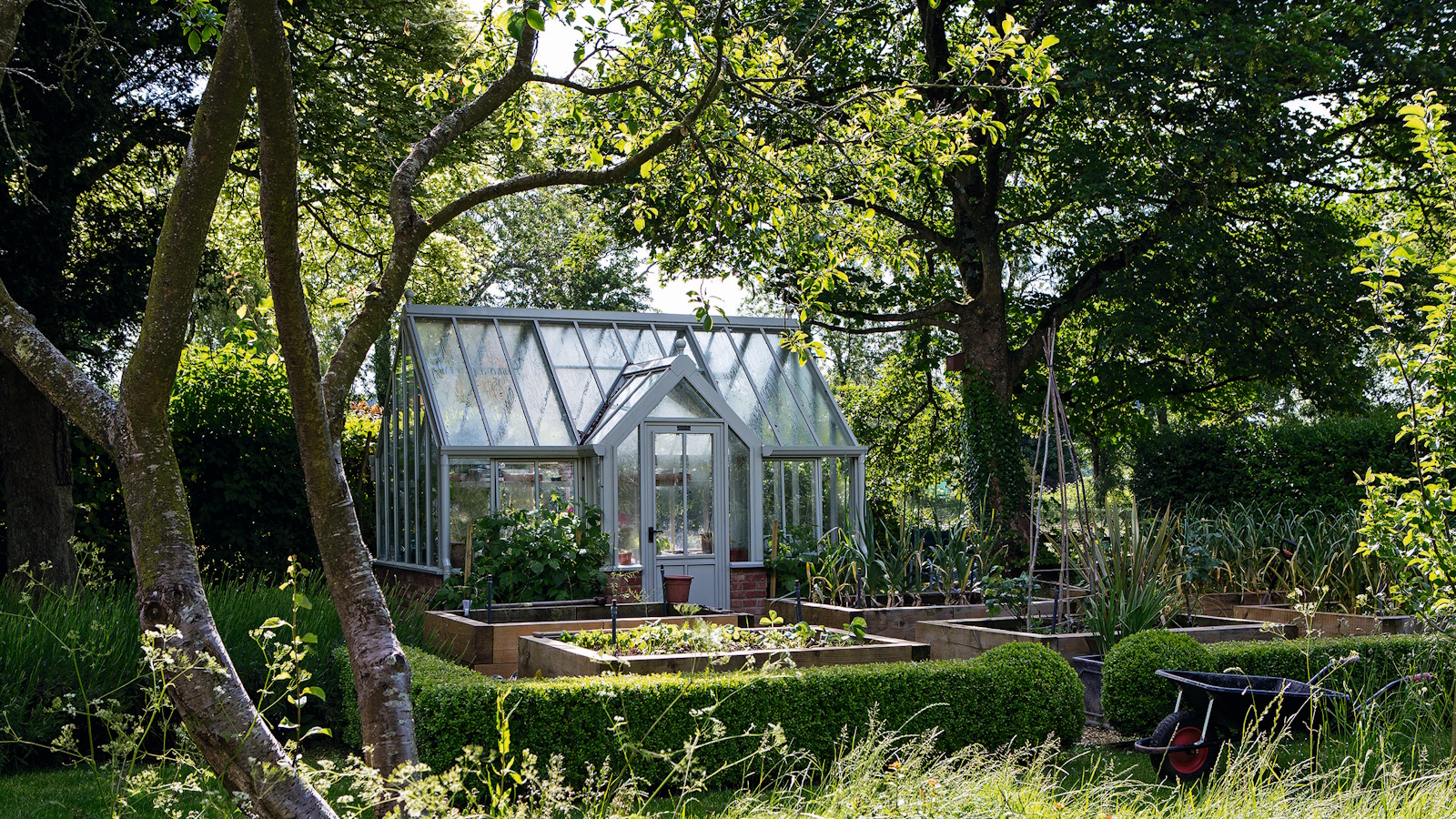 The greenhouse that is on this professional gardener's wishlist is currently on sale – it will supercharge your summer veg harvest
The greenhouse that is on this professional gardener's wishlist is currently on sale – it will supercharge your summer veg harvestGreenhouses are a sensible investment for gardeners looking to grow their own tomatoes and chillies this year
-
 7 of the fastest growing flowers to plant in spring for early summer blooms
7 of the fastest growing flowers to plant in spring for early summer bloomsSow these seeds now and be greeted with early summer color and repeat blooms in your yard
-
 How to design a mini meadow in pots – and welcome birds, bees and butterflies to your urban wildlife garden this summer
How to design a mini meadow in pots – and welcome birds, bees and butterflies to your urban wildlife garden this summerExperts share advice on species recommendations, soil, and types of containers to use for meadow planting
-
 This $20 pop-up greenhouse from ALDI is perfect for small yards – it will turbocharge your tomato harvests this summer
This $20 pop-up greenhouse from ALDI is perfect for small yards – it will turbocharge your tomato harvests this summerEasy to use and compact to store, pop-up greenhouses are ideal for patio or balcony gardeners
-
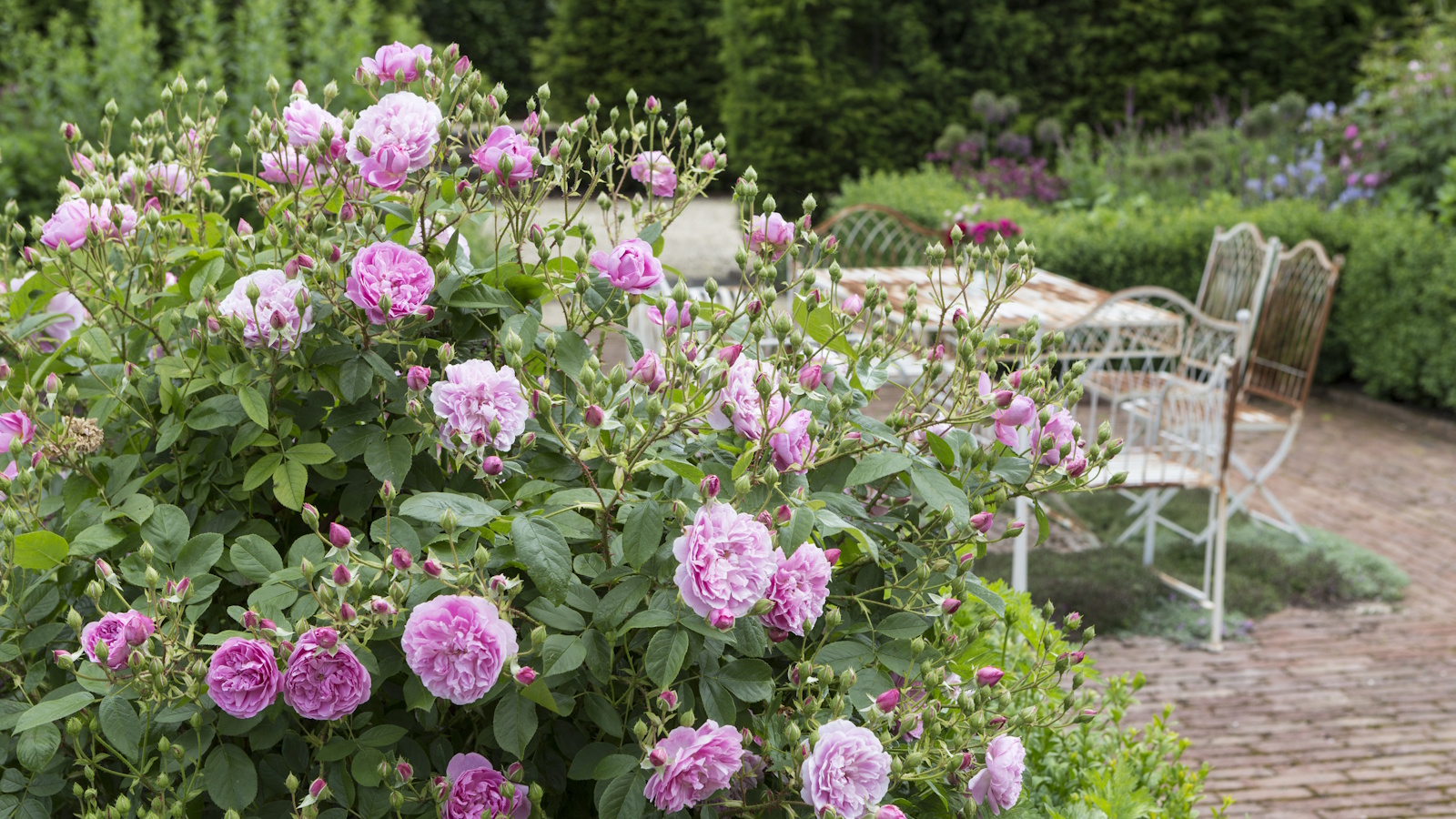 How to weed a garden quickly – professional gardeners reveal the five-minute weeding jobs to do now and get your yard summer-ready
How to weed a garden quickly – professional gardeners reveal the five-minute weeding jobs to do now and get your yard summer-readyShort on time? These time-efficient tasks will keep on top of problem plants

